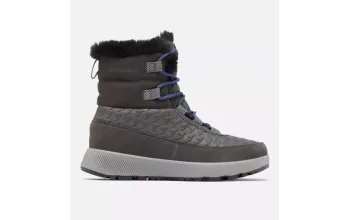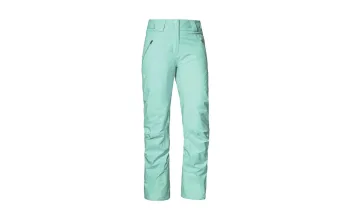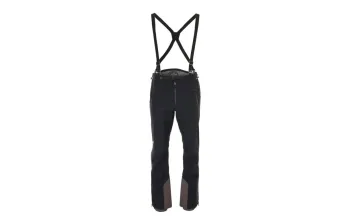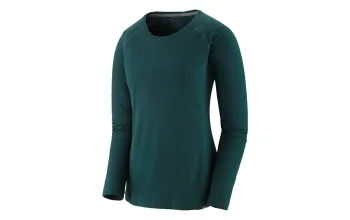Yak wool? Well, when you look at the following facts and figures you’ll probably wonder why not (other than the price).
When compared with merino wool, yak wool is 40 per cent warmer weight for weight, wicks better (17 per cent more effective at transporting water vapour than merino), and is more breathable (66 per cent greater air permeability than merino) which means you can wear a lighter base layer and still have the same warmth, wickability and breathability as a heavier merino job.
And it’s not as you might suppose (if you’ve ever got close to a yak) scratchy and itchy. Kora’s Hima-Layer (see what they’ve done there…?) fabric is very soft and feels great against bare skin.
Other plus points are that if you buy a Kora base layer you’ll be supporting both a new British company and nomadic communities in the Himalaya from whom the ethically harvested yak wool is sourced via the Qingmei Rabden and the KeGaWa Co-operative.
In use the ShoLa feels really good in both a tactile sense and in terms of freedom of movement; it’s not excessively tight like some base layers and I liked the cut – long body to keep your bum etc. warm, mid-length chest zip for good venting and a collar that’s not too high nor too tight when zipped fully. Also the sleeves are just the right length, neither too long (result: irritation) nor too short (result: cold wrists).
Yes, £105 is a lot to pay for a base layer, but there again the combination of ethical harvesting and sourcing never comes cheap and I would imagine that yak wool is likely to be very hardwearing, so the ShoLa could end up being a base layer that is not only warm and comfy but also lasts for several winters.

















